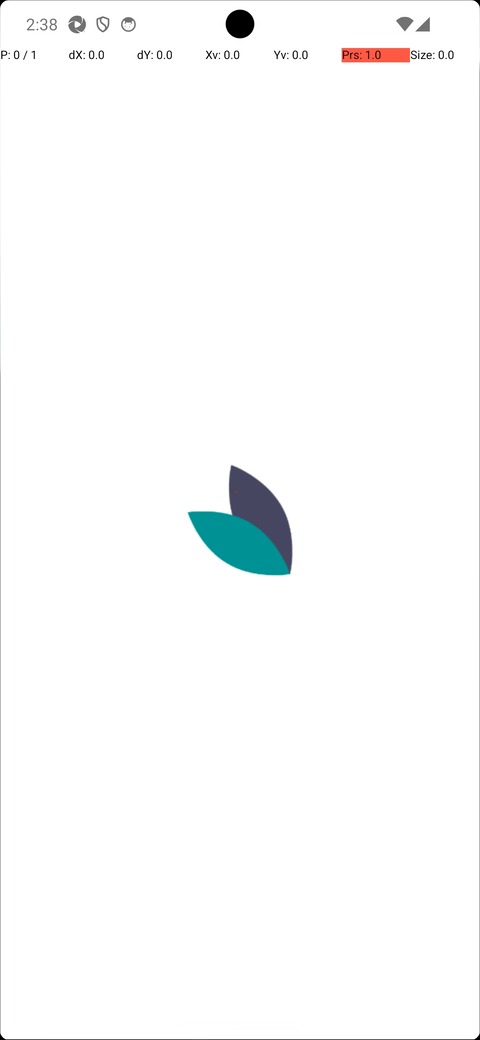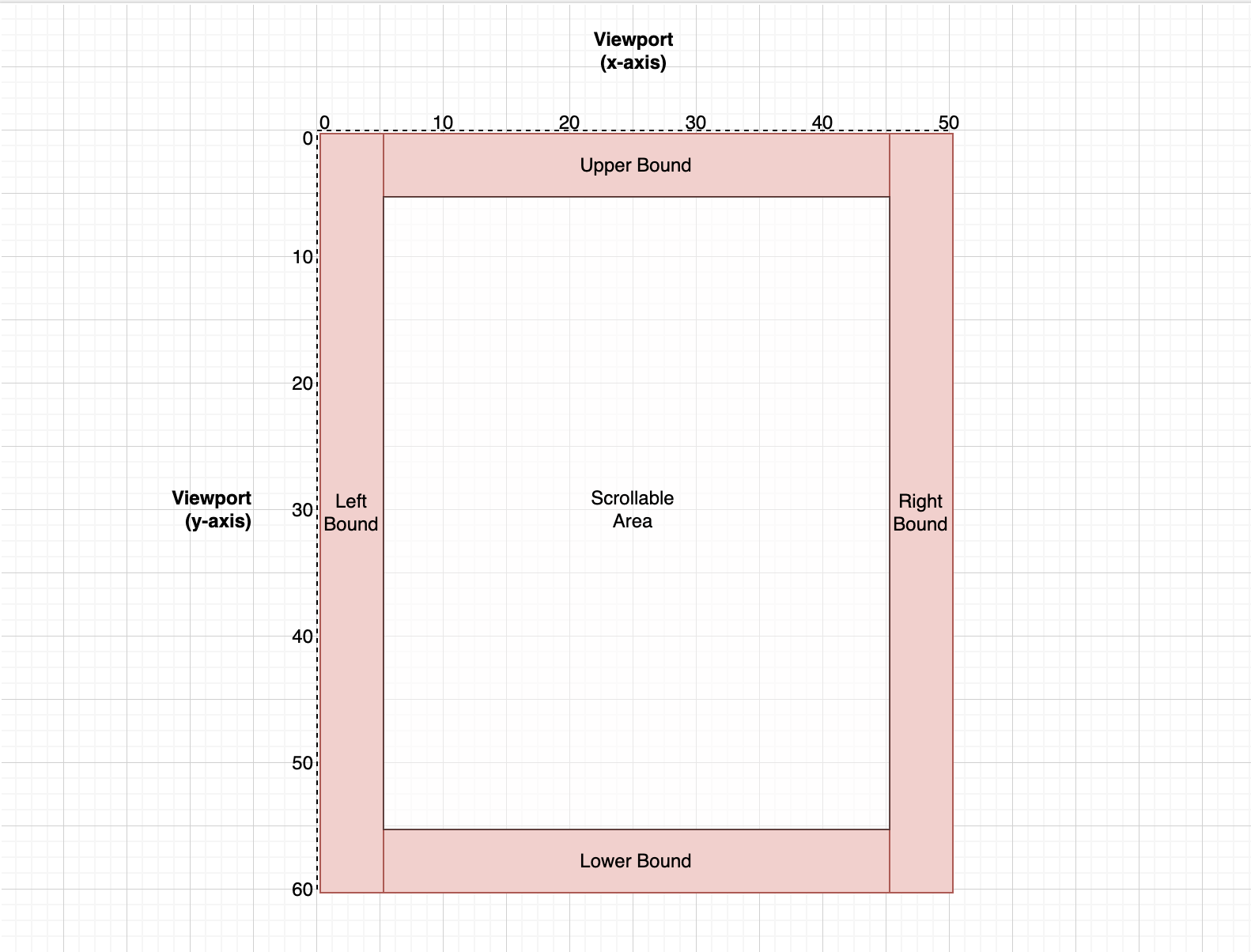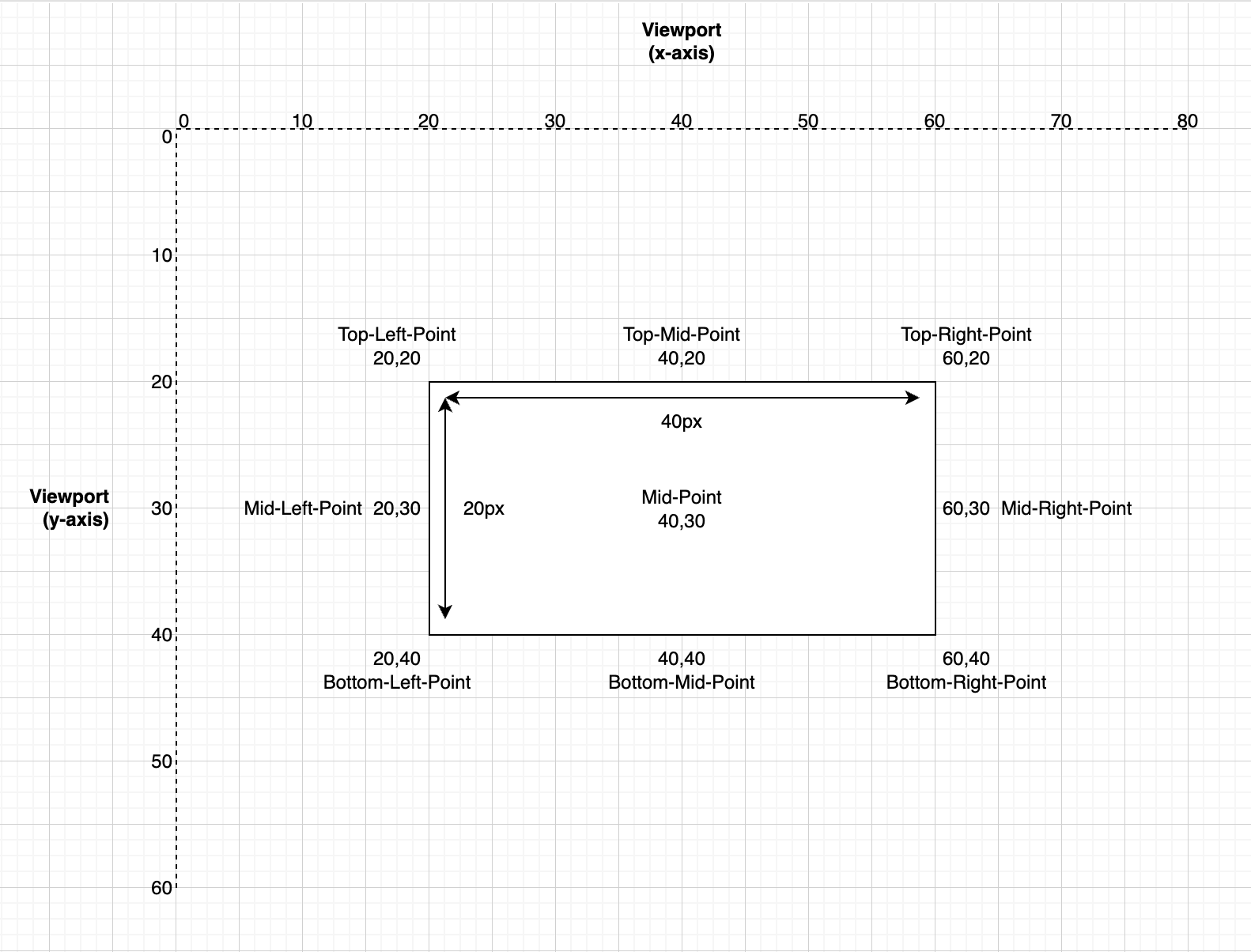Enhanced Swipe Actions Library for Appium
Project description
Appium Enhanced Swipe Actions Library
The purpose of this library is to provide more robust and useful swiping/scrolling functionality for Appium mobile automation.
It currently only targets use with Android, and has not been tested against iOS.
Install
pip install appium-swipe-actions
# or
rye add appium-swipe-actions
Changelog
## 0.1.3 (2024-09-04)
- Updated import strategy, the structure is now:
```python
from appium.swipe.actions import SwipeActions, SeekDirection, Direction
```
- Changed to ruff for linting/formatting
- Changed to rye for packaging
See full list of changes: CHANGES.md
Available Methods
swipe_up()
swipe_down()
swipe_left()
swipe_right()
swipe_next()
swipe_previous()
swipe_on_element()
swipe_element_into_view()
Demo and Example Usage
from appium.swipe.actions import SwipeActions, SeekDirection, Direction
class TestDemo(TestCore):
def test_element_search(self):
swipe = SwipeActions(self.driver)
self.driver.find_element(
by=AppiumBy.ANDROID_UIAUTOMATOR,
value='new UiSelector().className("android.widget.Button")',
).click()
swipe.swipe_element_into_view(
AppiumBy.ANDROID_UIAUTOMATOR,
'new UiSelector().descriptionContains("Day planted")',
SeekDirection.DOWN,
)
Defining a Scrollable Region
This library divides the viewport into four bounds: upper, lower, left, and right. The default values can be overwritten.
Using these bounds, we then define a 'scrollable region'. We can then perform our scroll/swipe actions within this space.
The impetus for this is to recreate scrolling/swiping behaviour more similar to a user and avoid hardcoding co-ordinates.
Additionally, it avoids the automation attempting to perform actions on top of elements (such as headers or footers).
Defining Element Points
The importance of dynamically generating 'points' of an element to interact with allows us to account for re-sizing under a number of conditions (such as different devices/resolutions).
For the purpose of this library, we are only concered with two attributes of an element: position and size.
The element's co-ordinates within the viewport is considered the top-left-point.
We can then use the element size to determine where it occupies relative to the view-port position.
top_left_point = element.location["x"], element.location["y"]
top_mid_point = element.location["x"] + (element.size["width"] // 2), element.location["y"]
top_right_point = element.location["x"] + element.size["width"], element.location["y"]
left_mid_point = element.location["x"], element.location["y"] + (element.size["height"] // 2)
mid_point = element.location["x"] + (element.size["width"] // 2), element.location["y"] + (element.size["height"] // 2)
right_mid_point = element.location["x"] + element.size["width"], element.location["y"] + (element.size["height"] // 2)
bottom_left_point = element.location["x"], element.location["y"] + element.size["height"]
bottom_mid_point = element.location["x"] + (element.size["width"] // 2), element.location["y"] + element.size["height"]
bottom_right_point = element.location["x"] + element.size["width"], element.location["y"] + element.size["height"]
Using the example element from the image, the above calculations would output as follows:
Top-Left-Point: (20, 20)
Top-Mid-Point: (40, 20)
Top-Right-Point: (60, 20)
Left-Mid-Point: (20, 30)
Mid-Point: (40, 30)
Right-Mid-Point: (60, 30)
Bottom-Left-Point: (20, 40)
Bottom-Mid-Point: (40, 40)
Bottom-Right-Point: (60, 40)
An example of this is available here: demo/calc_coordinates.py
Notes
Swipe Element Into View
The method swipe_element_into_view() contains the helper _probe_for_element().
This is because in the event an element is not loaded into the DOM yet or the driver context is NATIVE - it will not be able to locate the element.
Instead, it will start calling perform_navigation_partial_() and seek the element for a set number of attempts.
This can be set/overwritten when initialising the class with the **kwargs("probe_attempts").
Additionally, the if actions_partial > 50: ensures the pixel distance is large enough to warrant an action.
If it is less than 50px, the swipe action will be interpreted by the OS as a double-tap.
Wait/Expected Conditions
The library will not wait for the elements to be visible before interacting with them (such as swipe_on_element()).
Ensure you implement this yourself.
Debugging
Android
If you would like to see the pointer interactions and coordinates, this can be enabled on a device level in Settings > Developer Options > Pointer location
Project details
Download files
Download the file for your platform. If you're not sure which to choose, learn more about installing packages.
Source Distribution
Built Distribution
File details
Details for the file appium_swipe_actions-0.1.3.tar.gz.
File metadata
- Download URL: appium_swipe_actions-0.1.3.tar.gz
- Upload date:
- Size: 922.3 kB
- Tags: Source
- Uploaded using Trusted Publishing? No
- Uploaded via: twine/5.1.1 CPython/3.12.5
File hashes
| Algorithm | Hash digest | |
|---|---|---|
| SHA256 | 1b3a3935d27f4ab99a3301044f3ea64a626d3b882a00705edf1263a2c4d3283c |
|
| MD5 | acf05b382cc702e26b183a14bb514414 |
|
| BLAKE2b-256 | 8703f480dcfc157295ca4c399324306989cf05157c18cf1881a6ce0c236978ae |
File details
Details for the file appium_swipe_actions-0.1.3-py3-none-any.whl.
File metadata
- Download URL: appium_swipe_actions-0.1.3-py3-none-any.whl
- Upload date:
- Size: 8.4 kB
- Tags: Python 3
- Uploaded using Trusted Publishing? No
- Uploaded via: twine/5.1.1 CPython/3.12.5
File hashes
| Algorithm | Hash digest | |
|---|---|---|
| SHA256 | 47b7438bfb4f0688ebeca121c95e9d848140cc833d5f8e5c04d01cd7fb6c06bd |
|
| MD5 | c509062d6a9eb18bf557e6536d495514 |
|
| BLAKE2b-256 | cd8c8d28cc9b159cba18de17da03522fe3c106a8760e2b6aa2353c2378194e03 |














